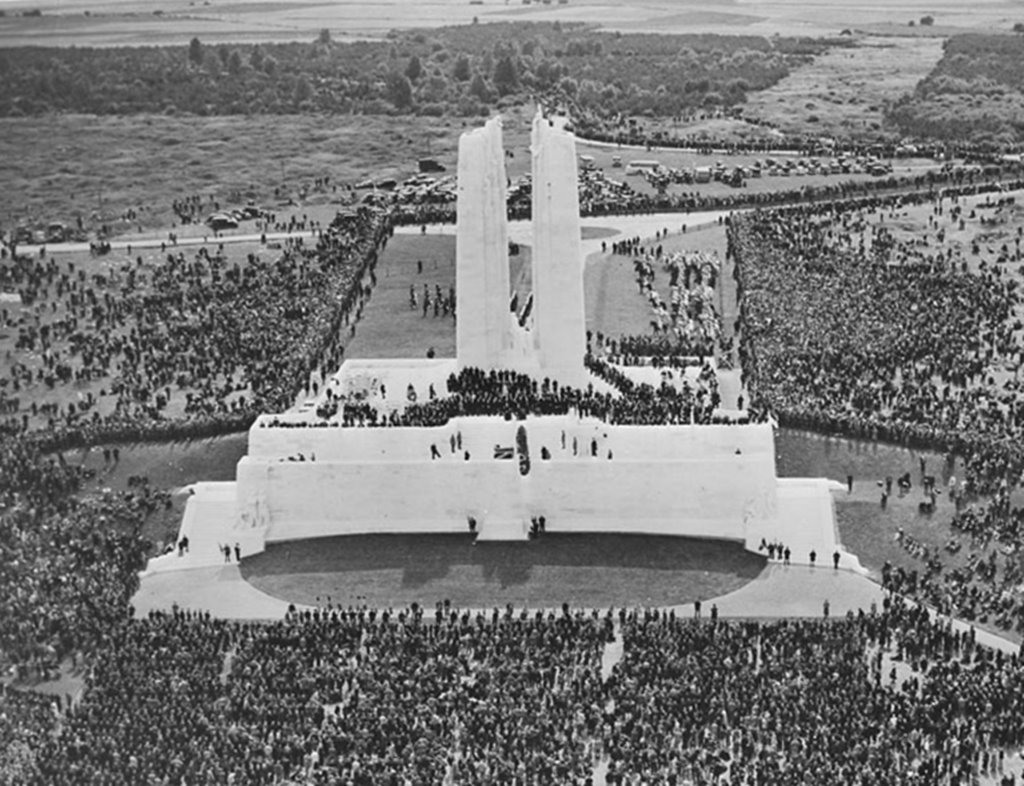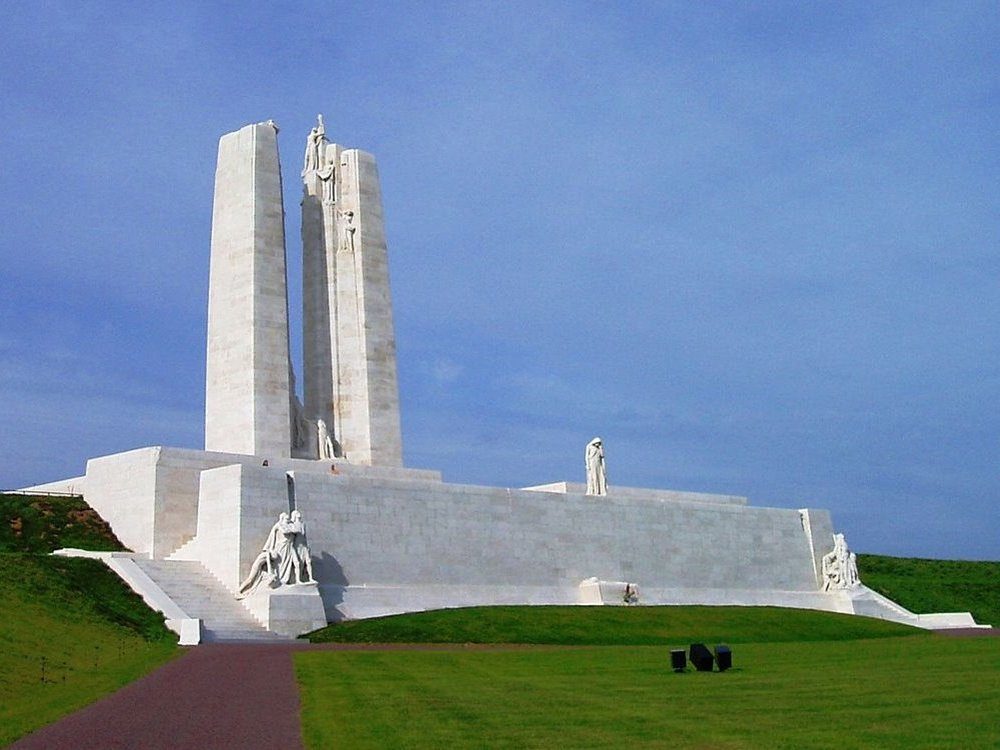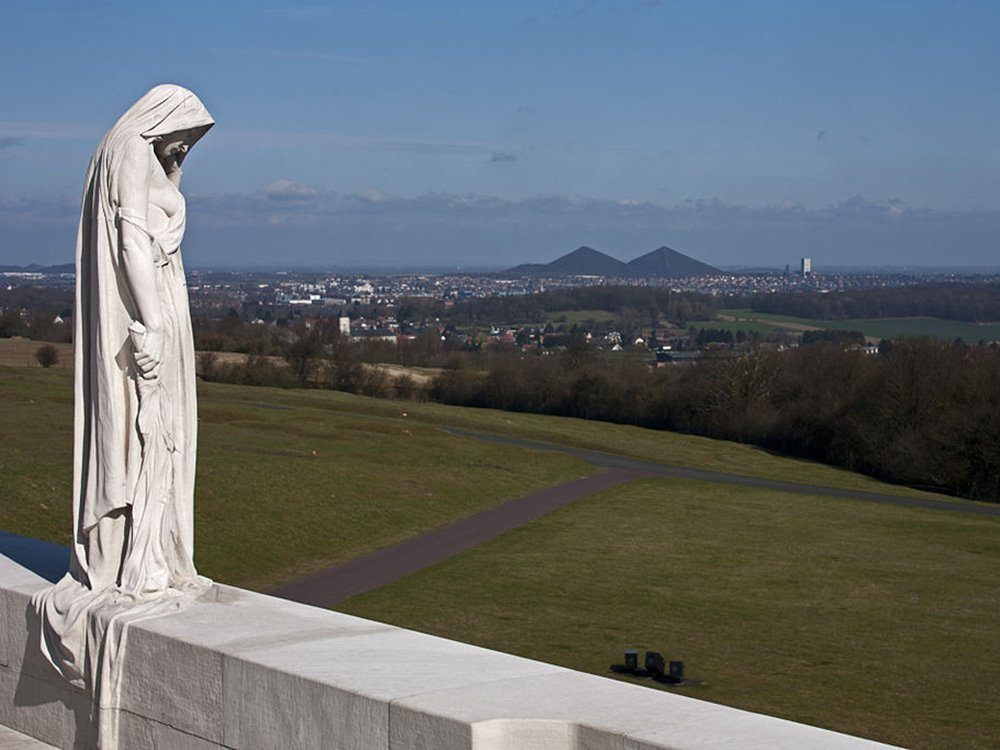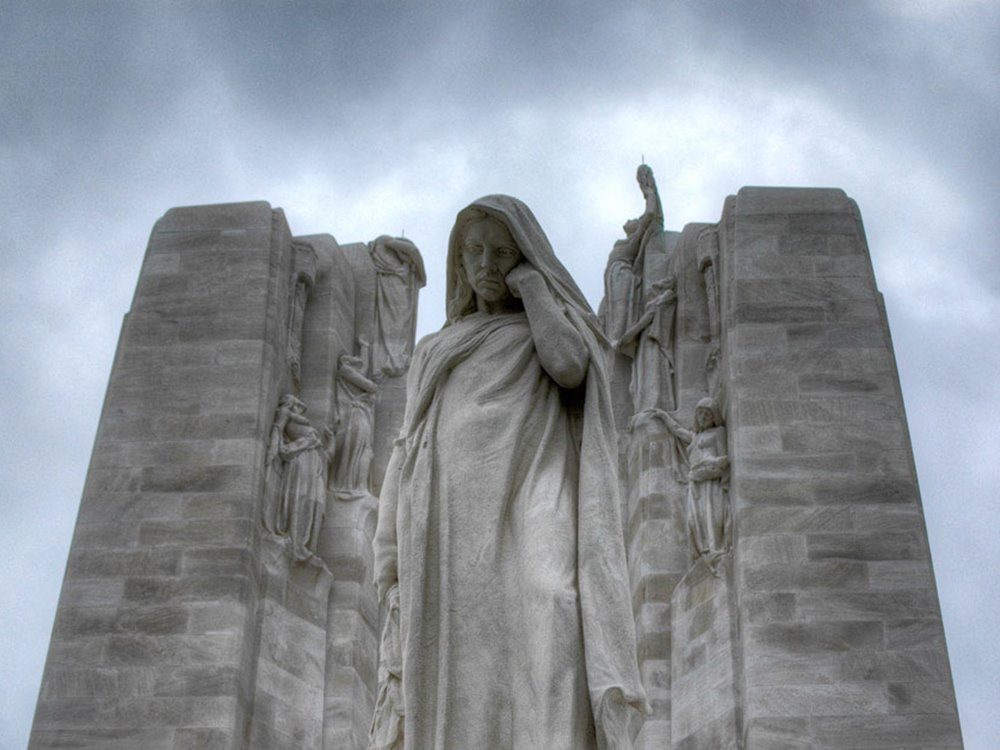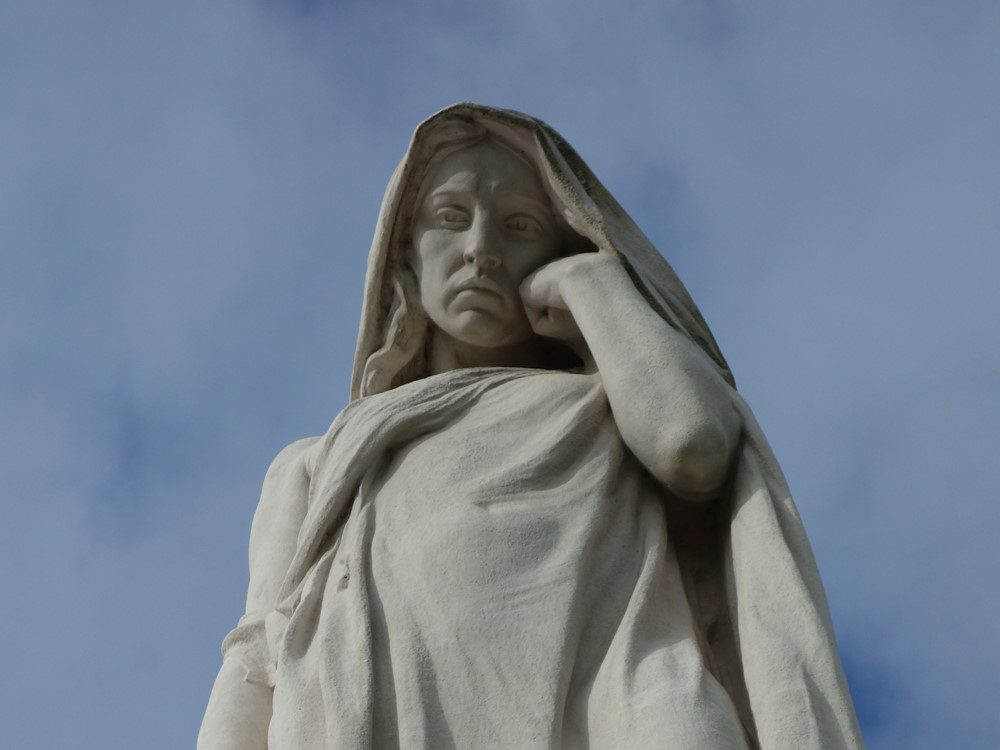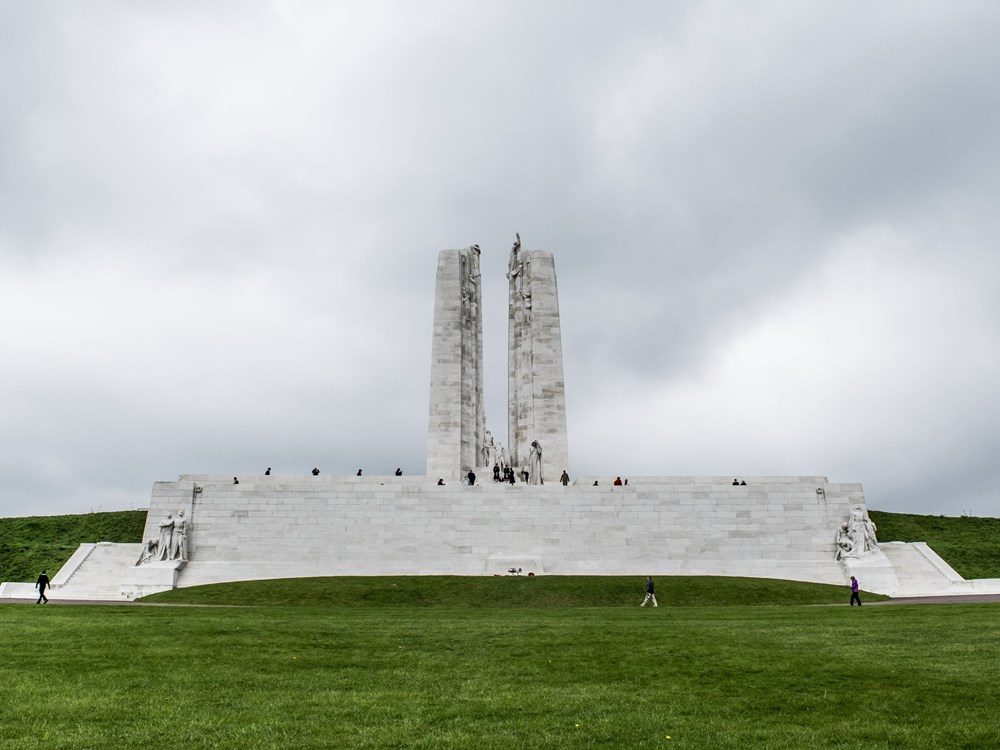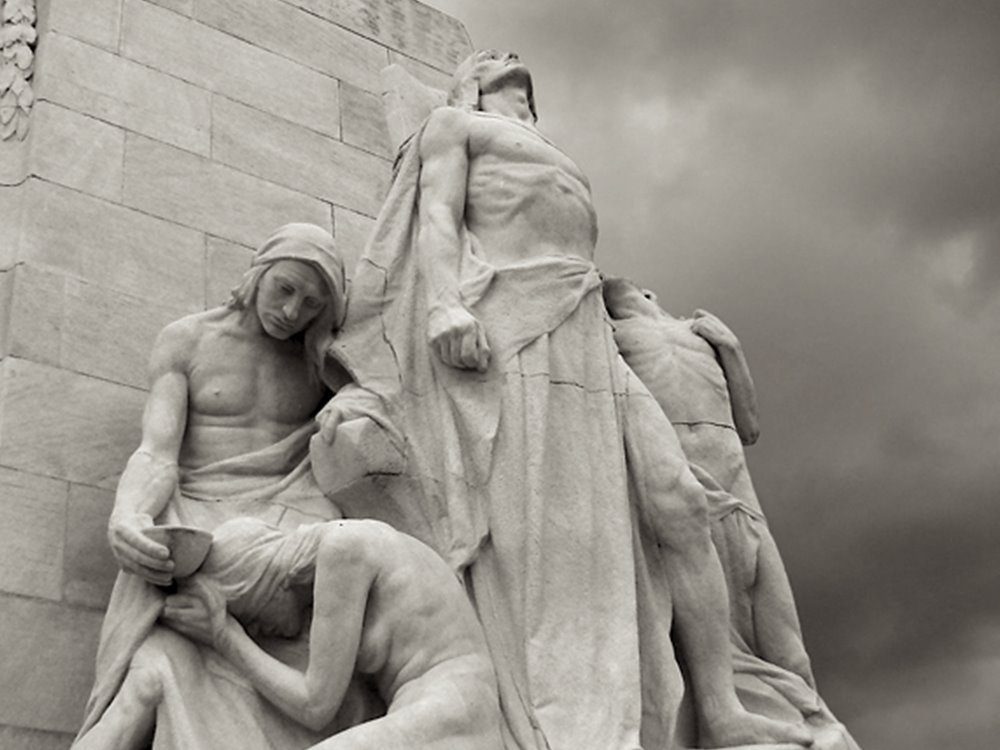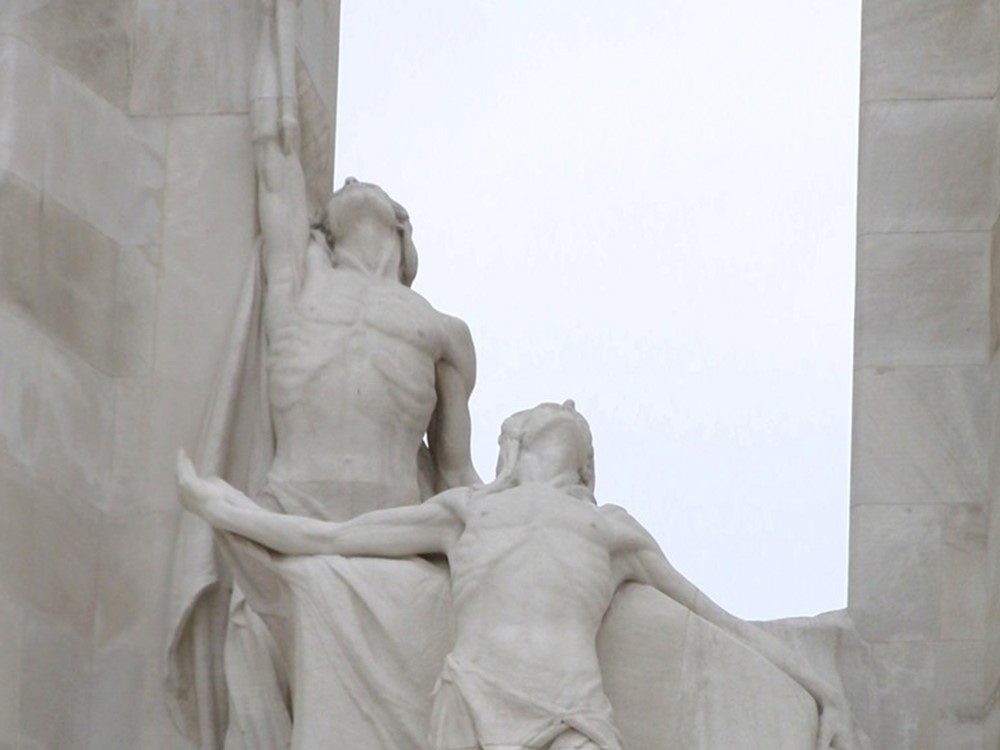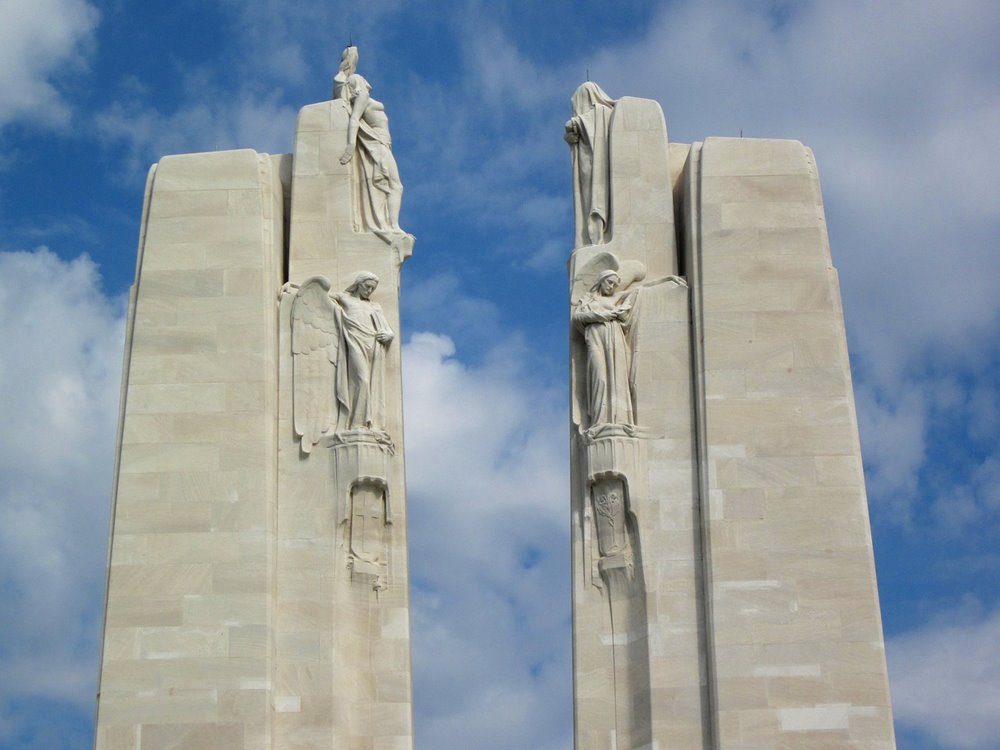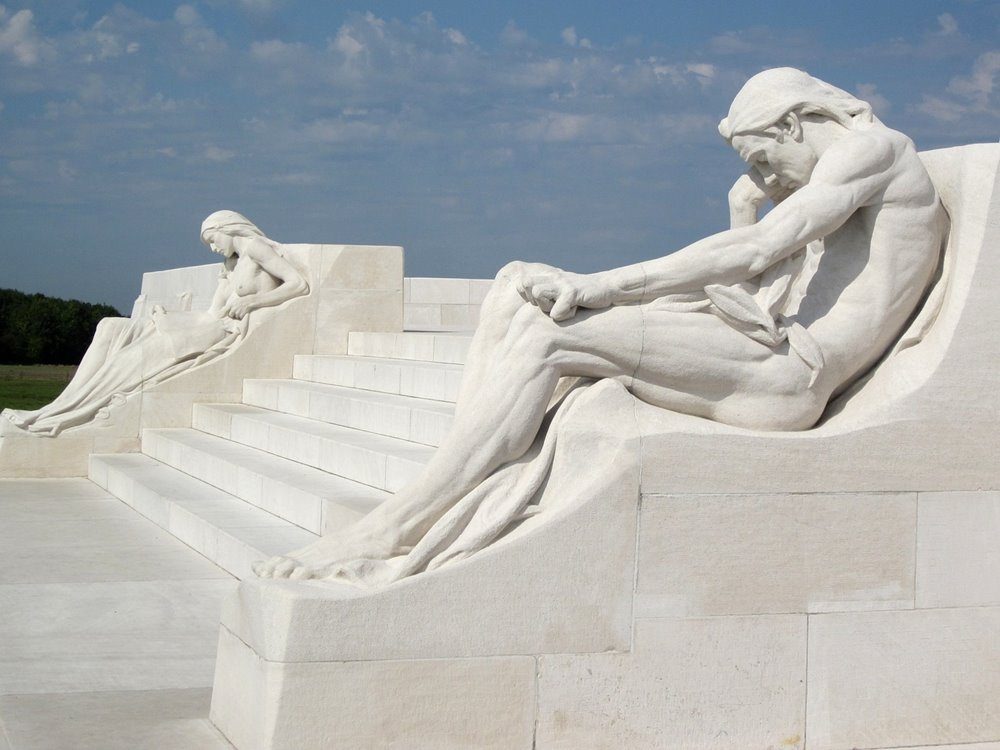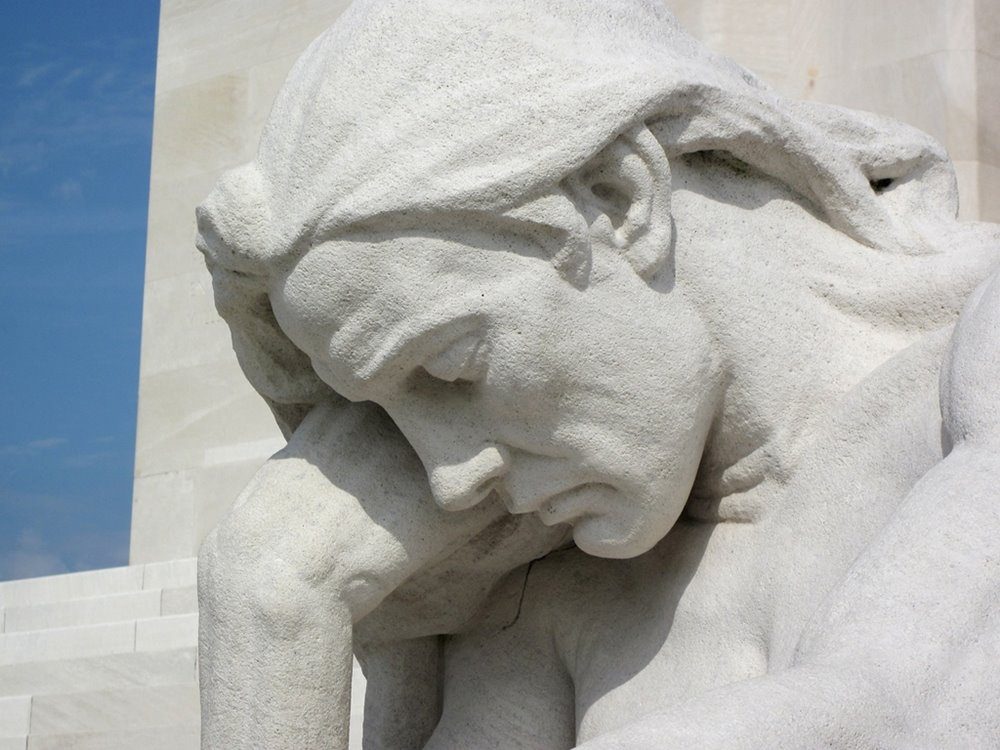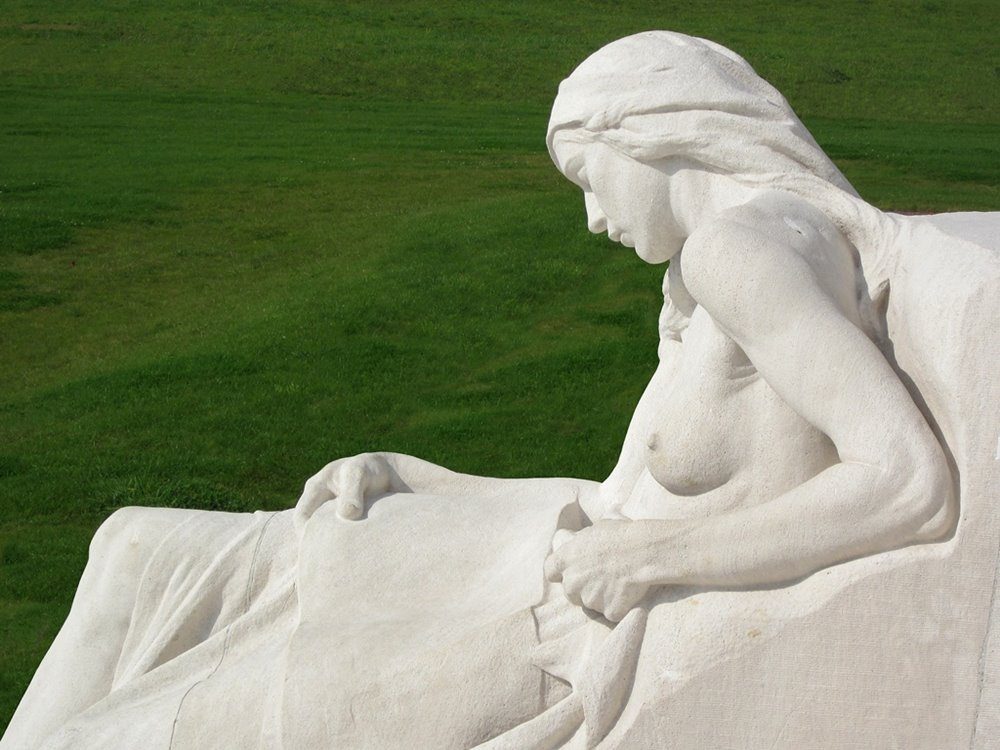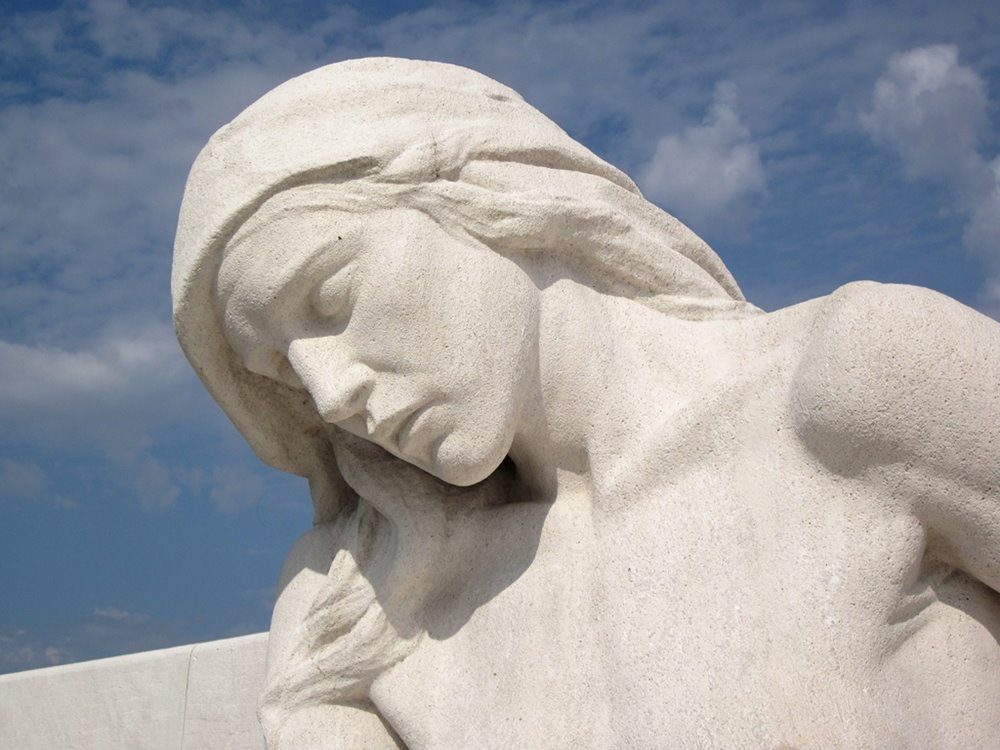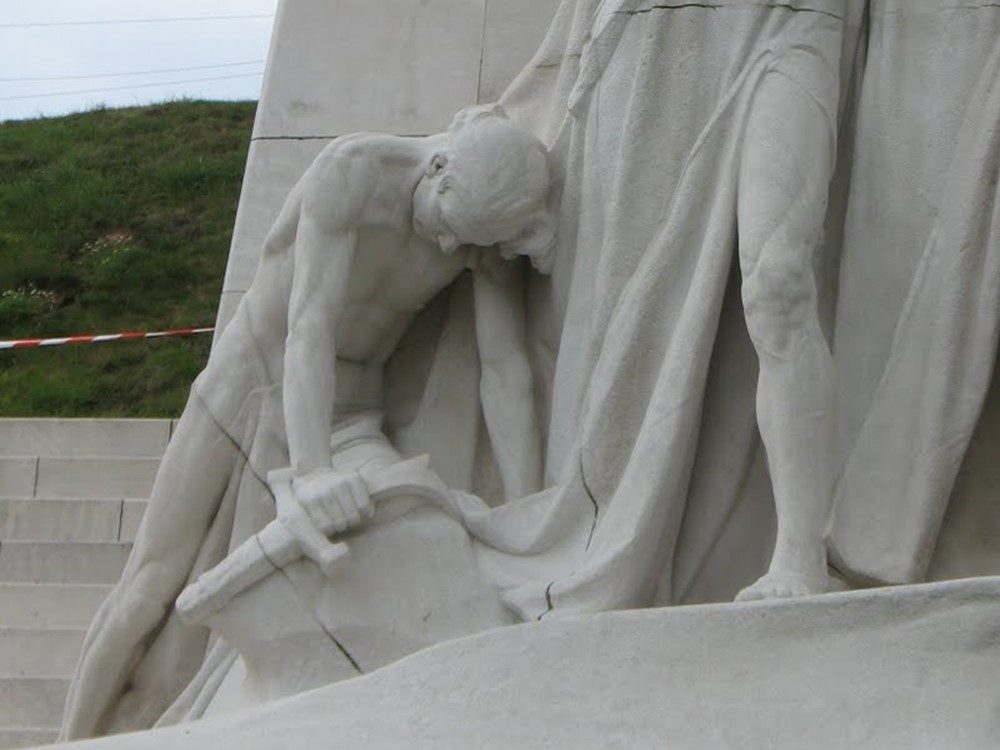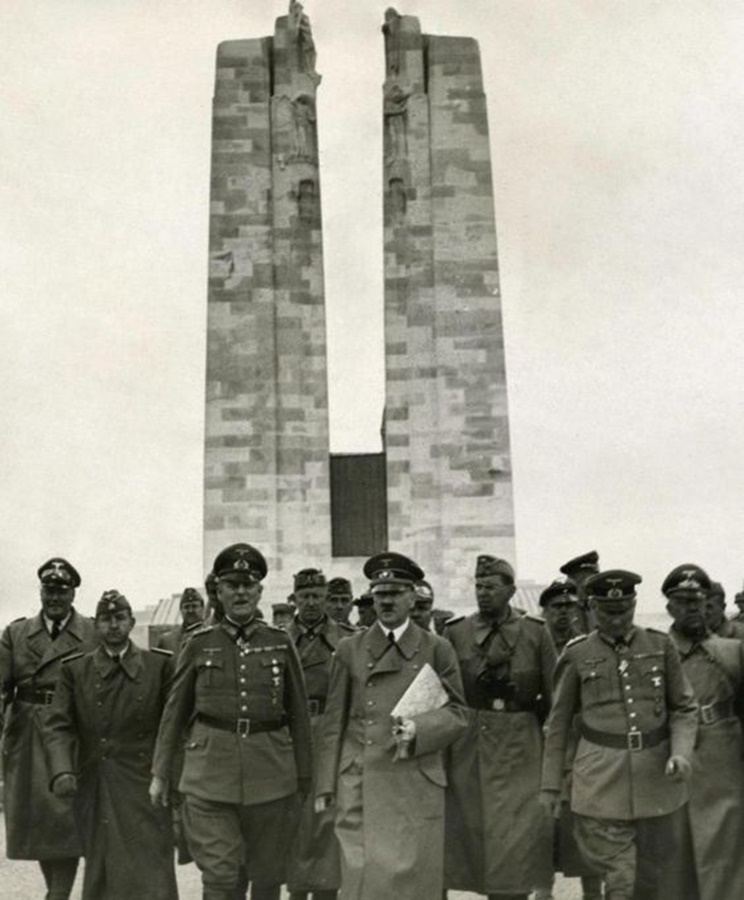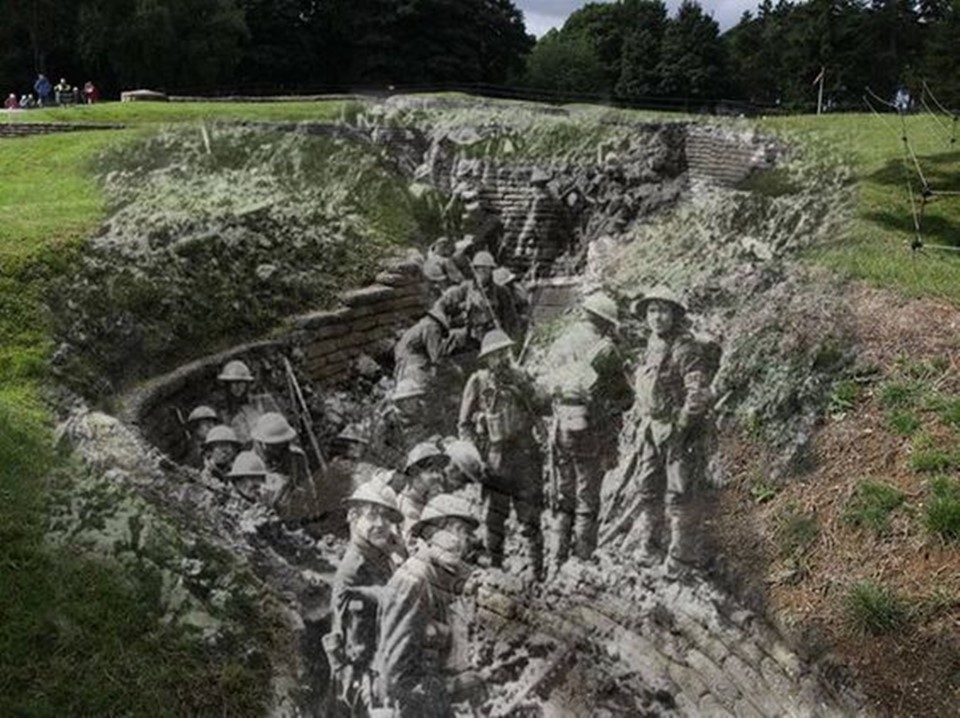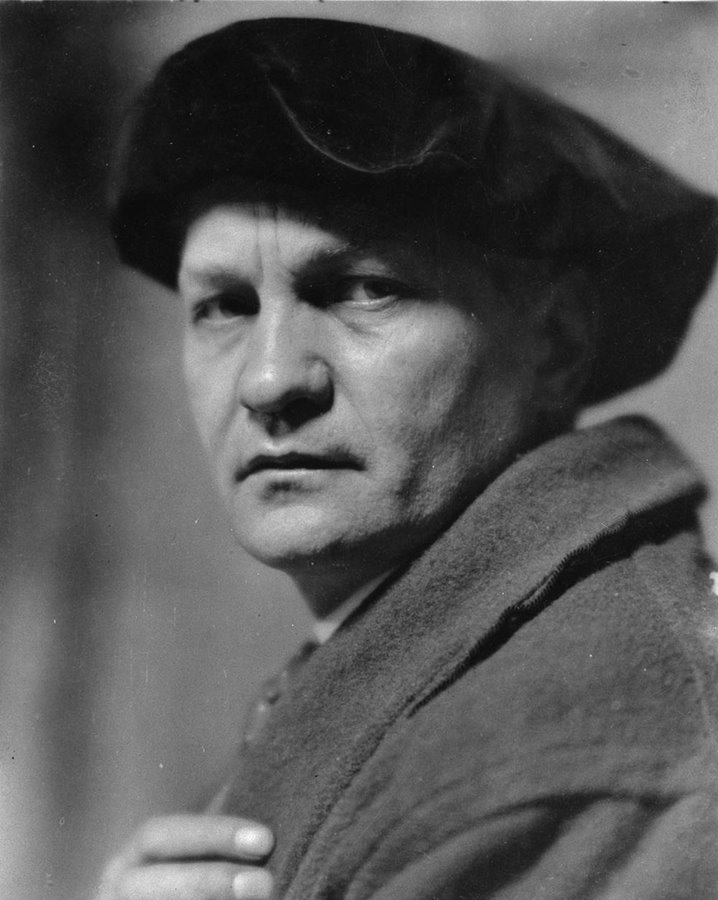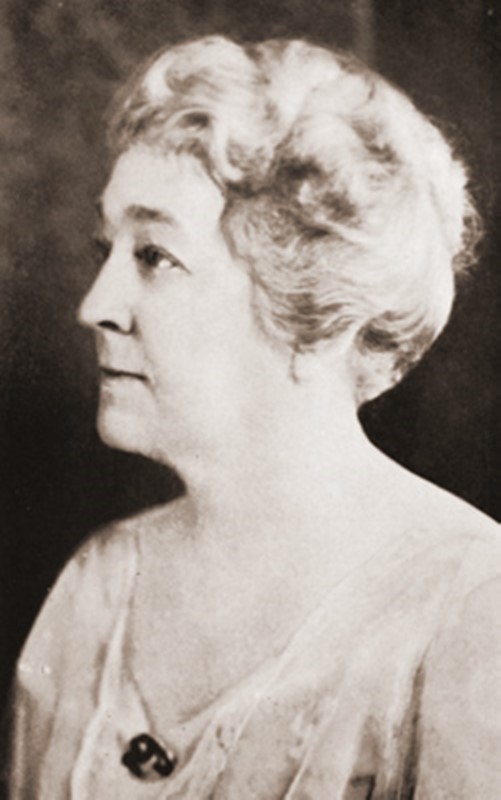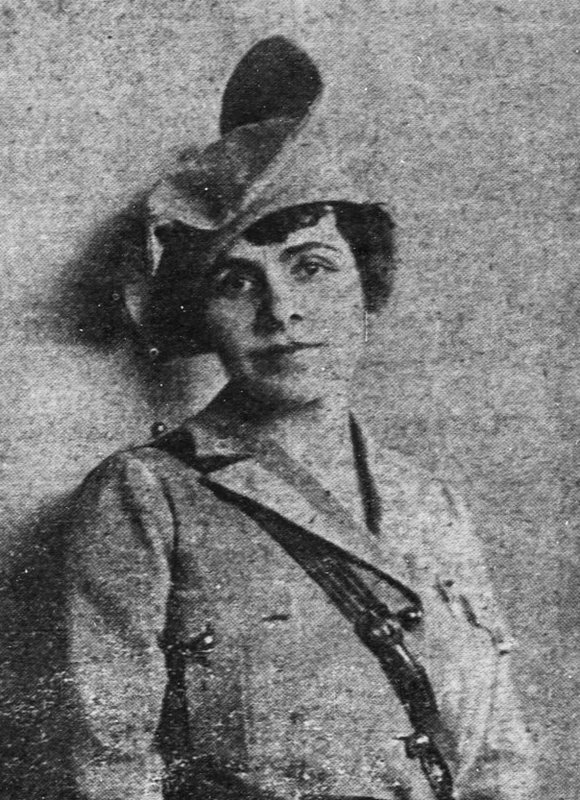The Memorial at Vimy
Symbols of Remembrance
The First World War, including the Battle of Vimy Ridge, shook the nascent nation of Canada to its core. Especially in an atmosphere of total war where all of society was swept up into the war effort, the trauma from the personal and shared losses touched everyone to varying degrees. One way that Canadian society as a whole coped was by promising to never forget the sacrifice of those who perished in one of mankind’s darkest moments. Memorials, monuments, symbols, and stories were developed to remind us of the brutal past. Today, a century later, we still remember, reflect on the experience of those who were there, and seek to understand the ‘why’ and ‘how’ behind the tragedy that was the First World War.
The Vimy Memorial
The Vimy Memorial sits at the peak of Hill 45 overlooking the Douai plain. Its luminous white stone pylons on a wide base are reminiscent of both a fortress and cathedral. It is unique among the First World War memorials in Europe, and truly one of the finest. It is not a victory monument and does not glorify war. Instead, its adorning statues, like the Grieving Man, Grieving Woman, Canada Bereft, and Sympathy of Canadians for the Helpless depict the incredible devastation of what occurred at Vimy and around the world during this first of global conflicts.
The Vimy Memorial serves as the grave marker for 11 285 Canadian soldiers of all ranks whose remains were never found. The fact that it honours the fallen without regard to rank signifies a modern mentality about remembrance in war, where all who are lost are equal in death and worthy of remembrance. This shift in thinking about memorialization corresponds with the presence of cameras on the battlefield, the existence of total war that affects all members of society, and the lethality of industrial warfare that resulted in the involvement of large numbers of citizen soldiers.
The impressive and imposing presentation of the monument and its lack of the commonly depicted symbols of war won over many of its observers. Incredibly, one of its most widely recognized admirers was Adolph Hitler. He deeply respected the monument’s portrayal of mourning and loss.
As German troops moved across France during the Second World War (1940), rumours telling of German troops desecrating the Memorial began to circulate. Hitler was upset by this, ordered the S.S. to guard the site, and called in reporters to take pictures. To the right is one of those photographs. The Vimy Memorial was never defaced by German soldiers.
Hitler served in the First World War and in a strange twist, his unit was scheduled to be sent to Vimy Ridge just weeks before the Canadian attack. However, at the last minute there was a change and his unit was dispatched to a location a few kilometres away. One could argue that his life was likely saved by that decision. Perhaps that was why he had a special respect for Vimy.
The Memorial took sixteen years to complete and the construction process was long and difficult. In one lull in construction while waiting for the stone cladding to arrive, parts of the Canadian and German front line trenches were preserved. Sand bags were filled with concrete and concrete replica duckboards were laid down. A portion of the Grange Subway was also opened and made safe for tourists. The restored trenches and tunnel give visitors today an idealized sense of how the front line once looked but does not replicate the muddy, rough conditions that Canadians endured during and before the battle. This is compounded by the lush, green forest and serenely grazing sheep that cover much of the former battlefield today. Despite the trees in this forest, which were planted to bring life back to the desolate landscape, the pitted and pockmarked earth remains visible beneath.
The Sculptor
Walter Allward
The Vimy Memorial was designed by the Canadian monumental sculptor Walter Seymour Allward (1876-1955).
Allward also created the South African War Memorial in Toronto and Bell Telephone Memorial in Brantford Ontario. The idea for the Vimy Memorial came to Allward in a dream:
The Poppy
The poppy was first used as an emblem of remembrance by Moina Michael, an American inspired by John McCrae’s famous poem, In Flanders Fields. As a way to keep the faith, as McCrae’s poem exhorts, she convinced the American Legion to adopt the poppy as a symbol in 1920.
Anna Guerin, a French woman who was also deeply moved by McCrae’s poem, took note of Moina’s actions and decided to lend herself to the cause. Madame Guerin founded an organization called “The American and French Children’s League.” Her initiative created and sold cloth poppies and the proceeds acquired were used to facilitate rebuilding areas in Europe that had been destroyed by the Great War. Prior to Remembrance Day in 1921, Guerin convinced the Canadian Great War Veterans Association (renamed the Canadian Legion in 1925) and the Australian Returned Soldiers League to also accept the poppy as a symbol. Its iconic status remains to this day.
Unit Home
Review. A Nation's Story. Rabble. Longstaff. Ghosts of Vimy. String of Successes Started.
To Remember Quiz
Vimy as a Framework. The Vimy Monument. National Story. Canadian Identity.

